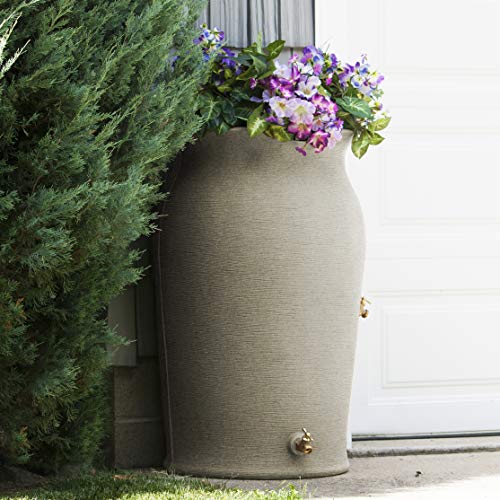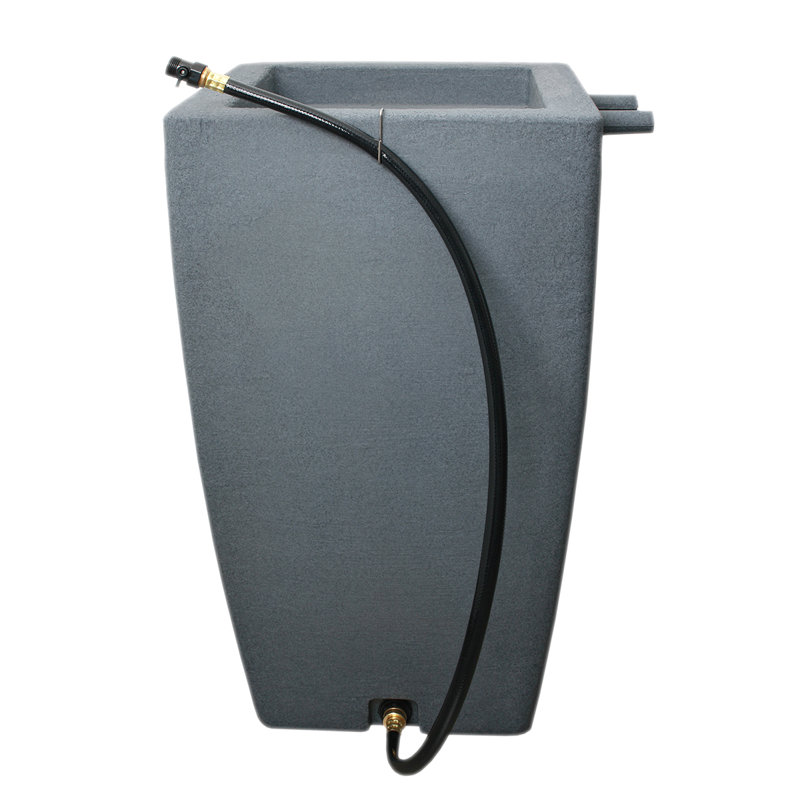Is it illegal to harvest rainwater? Why collecting water in your yard could be against the law – and how to avoid a fine
It used to be illegal to harvest rainwater in Colorado. The law has since changed, but the penalties could still be expensive
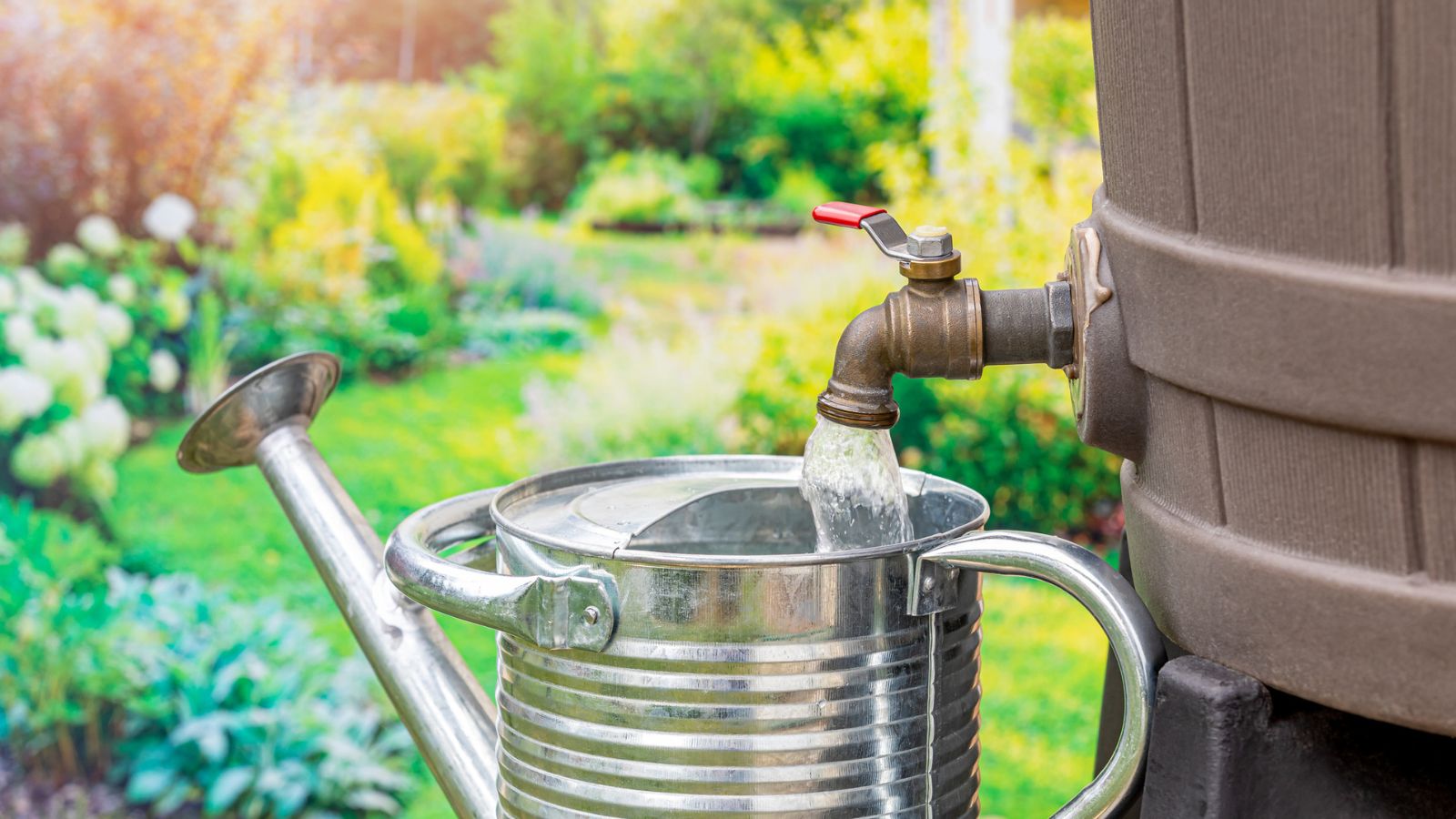

Harvesting rainwater is one of the smartest ways of watering your yard. A rain barrel gives you gallons of completely free water, lessening the strain on local resources and your water bill.
But a quick Google of rain barrels can lead to some worrying results, including some that claim harvesting rainwater is illegal.
The good news is that harvesting rainwater is perfectly legal in every state. The bad news is that there are lots of finicky regulations to bear in mind. This is all you need to know about the laws governing rain barrels.
Is it illegal to collect rainwater in Colorado?
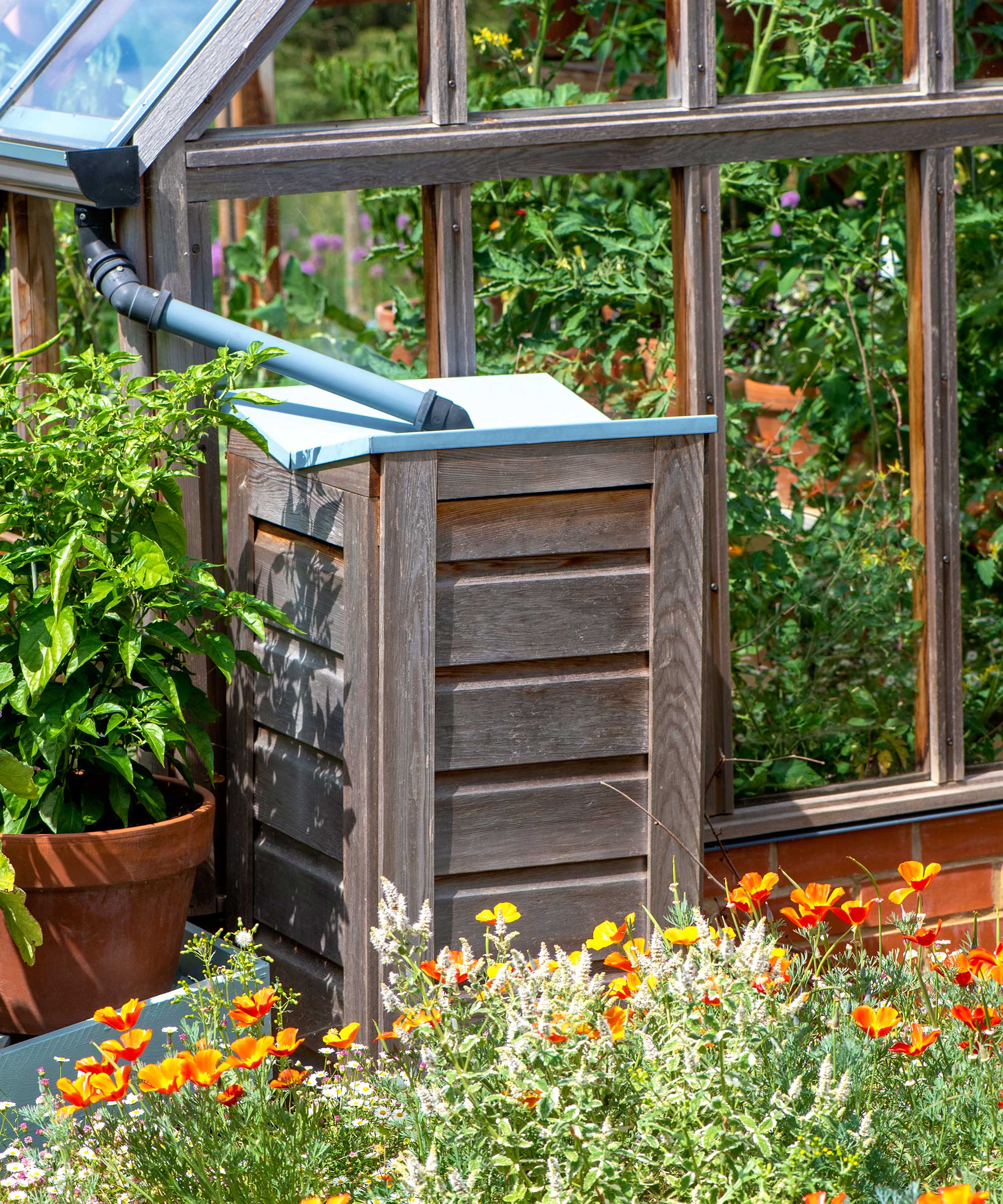
It's an urban legend that harvesting rainwater is illegal in Colorado. It's almost true - for more than 100 years it was illegal to harvest rainwater in Colorado. However, the state legalized rain barrels in 2016.
But there are still a lot of restrictions on how you can collect rainwater in the state. These days you can use two rain barrels to collect a maximum of 110 gallons of water. However, this water must be collected from roof runoff and it can only be used in the garden. The barrels must also be sealable to prevent mosquitos from breeding in the water.
Yard expert Jeremy Yamaguchi explains that 'In Colorado, there are rules regarding collecting rainwater, including having to use rain barrels and not being able to have more than four per single-family residence. The rain barrels must also specifically collect gutter runoff, and the water must be used outdoors (e.g. watering your garden, washing your car, etc.)
However, Colorado isn't the only place where there are heavy restrictions on rainwater harvesting.

Jeremy is a gardening expert who advises on a range of gardening matters. As the CEO of Lawn Love, Jeremy helps homeowners find quality, reliable lawn care.
Where else are there water harvesting restrictions?

There are lots of rainwater restrictions and they vary from state to state and county to county. Some places have subsidies for rainwater collection; others require permits or restrict the amount of water you can collect.
It can get a little convoluted. In California, for instance, there are technically no restrictions on rainwater harvesting from a roof, but if the water is used exclusively for landscaping irrigation or a water feature then you need a licensed contractor. In Kansas and Alaska there are few restrictions on harvesting rainwater, but there are complicated water rights laws.
In Arizona, rainwater harvesting is encouraged, but any water collected on a property must be used on that same property. In Texas, rainwater harvesting is encouraged, with tax exemptions on some parts of a property fitted with a rain barrel and tax-free weekends to promote sales of rain barrels.
So, while there is no federal law banning rainwater harvesting, there are so many restrictions with so much variation that it is wise to check the law state by state.
On top of the law, some homeowners' associations also have restrictions on rainwater harvesting. In most cases, these rules stipulate that a rain barrel can't be visible from the street, or must be attached to a shed or greenhouse, but there are a handful of associations that ban rain barrels outright.
Why is rainwater harvesting restricted?
The main reason states limit water harvesting is to prevent soil degradation. Healthy, fertile soil needs water, and storing water so that it can't reach that soil could potentially harm the local environment.
Jeremy explains that 'Typically, the overarching reason for water harvesting restrictions is to prevent environmental disruptions from rainwater not being able to access the earth.'
There are also legal reasons, and it's a particular issue in hilly parts of the country. The idea is that if your plot is on a hill, the water you harvest won't flow down to your neighbor's land as it should, which can deprive their plants of water, which could potentially kill them, technically destroying your neighbor's property.
This is part of the reason you can collect water from your roof. Rain that falls on your roof wouldn't have made it to the ground anyway, so you aren't harming anyone by diverting it into a barrel to reuse.
There's also the question of water rights. Some plots include ponds and streams, and the right to that water. But in some states, this can also include the right to the precipitation from those bodies of water. It sounds incredible, but the hypothetical issue is that harvesting rainwater would be stealing water from someone, even though it would be impossible to prove that your rainwater evaporated from their pond.
In the West, this is made even more complicated by prior appropriation, an old settler legal hangover. Prior appropriation assumes that everyone has the right to water in a stream or pond until someone first uses it; in which case the first user obtains the right over the water and its use, diversion, and storage. All of the issues above about water rights also apply to prior appropriation.
To this end, many municipalities have stringent water harvesting restrictions to avoid any potential legal problems before they start.
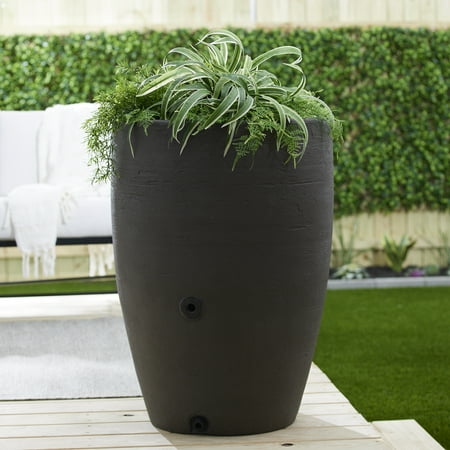
A common way to hide a rain barrel is to use a stylish design like this. This barrel has a shallow basin at the top for small plants, so it looks like a planter instead of a rain barrel. Best of all, it's made form recycled plastic.
Are you allowed to drink rainwater?
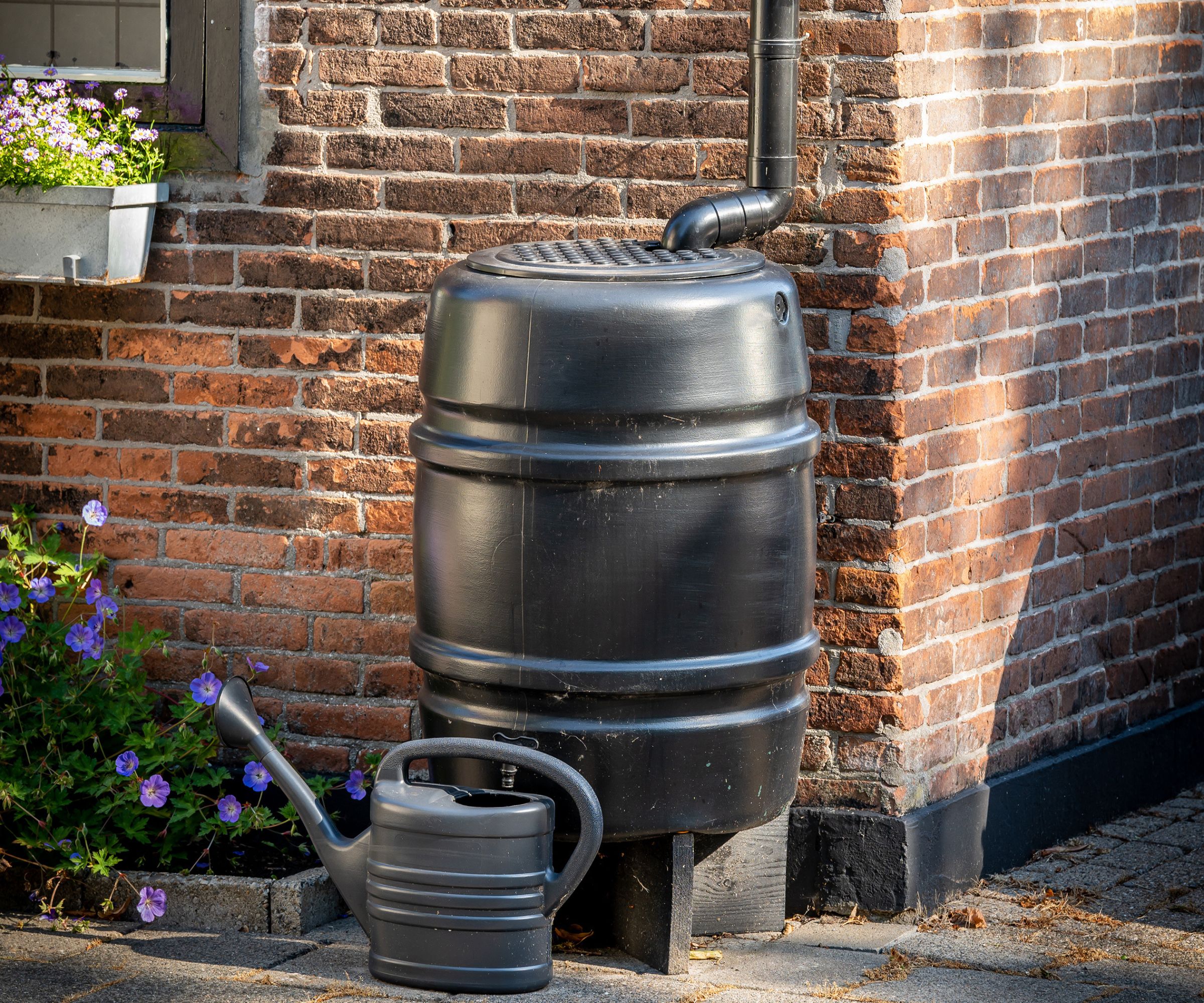
In most cases, drinking rainwater is completely legal, but there are restrictions on collecting and storing potable water In most states, rainwater harvesting is only for domestic outdoor use, not for indoor use, including drinking and bathing. This means that you can't use it as drinking water - you could be fined, though it's unlikely.
This is mostly because rainwater harvesting isn't a clean process. It's fine for plants, but runoff from roofs will pick up dirt, dust, and germs from bird excrement or other contaminants. It can have trace amounts of bitumen or other chemicals used in roofing, and while most rain barrels are fitted with a filter to stop debris from entering the water supply, tiny amounts of this dirt will still make its way into the water and render it undrinkable.
Even without these contaminants, rain barrels are susceptible to algae and mosquito larvae, two things you shouldn't drink. So, while it's unlikely you'd be fined for drinking from a rain barrel, it's likely to give you a water-borne illness.
What's the penalty for harvesting rainwater?
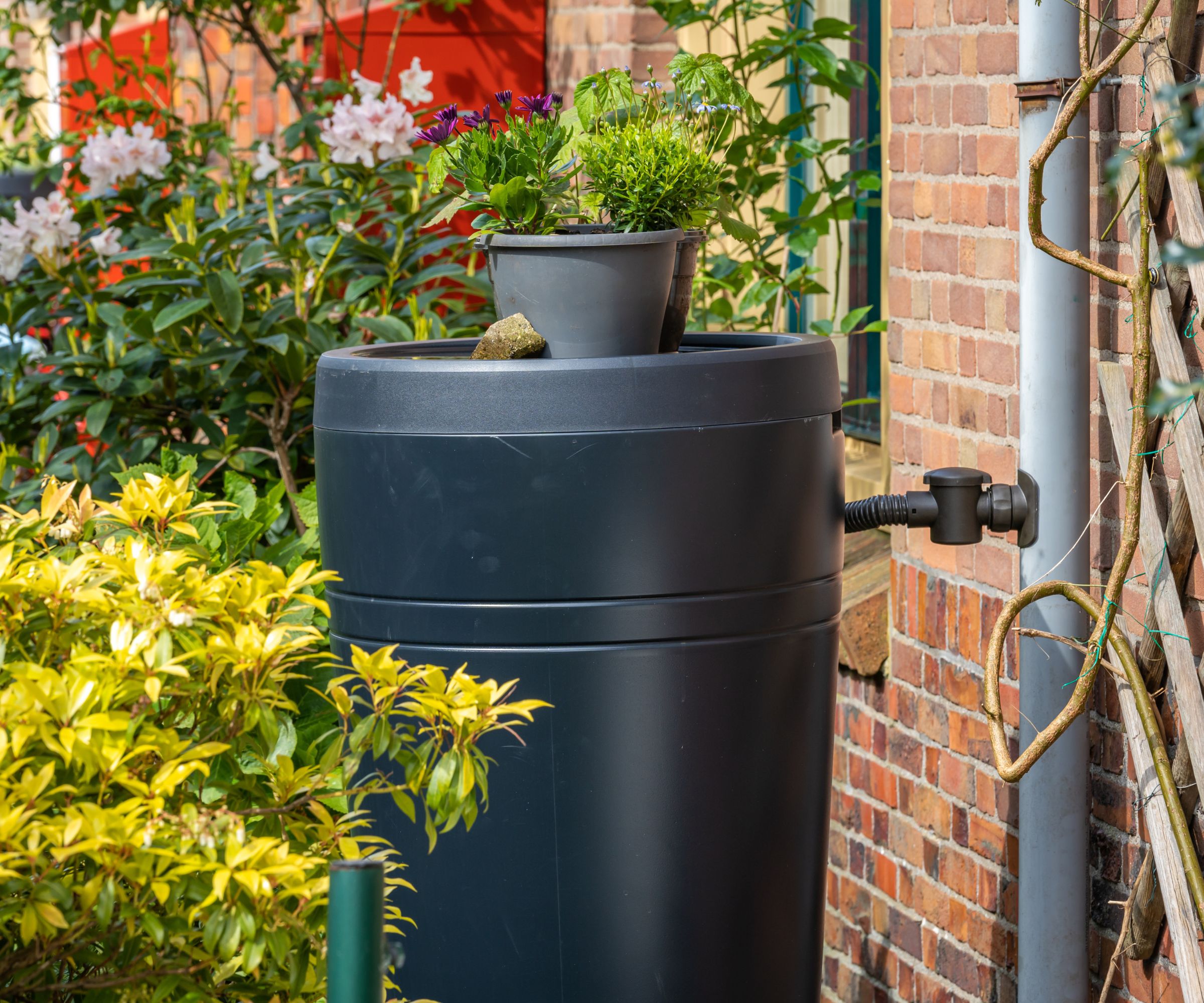
Penalties for incorrectly harvesting rainwater vary depending on the municipality. However, it's very unlikely to be anything other than a fine of a few hundred dollars. The same is true in homeowners associations.
Staying on the right side of the law isn't the only rain barrel problem. Rain barrels are also a magnet for mosquitos, and you also need to know how to prevent algae from forming in your rain barrel. Thankfully, it's pretty easy. A tight rain barrel lid - and a drop of vegetable oil - can stop both of these problems before they start.
Sign up to the Homes & Gardens newsletter
Design expertise in your inbox – from inspiring decorating ideas and beautiful celebrity homes to practical gardening advice and shopping round-ups.

As a gardens and lifestyle contributor, Alex makes sure readers find the right information to help them make the best purchase. Alex got his start in reviewing at the iconic Good Housekeeping Institute, testing a wide range of household products and appliances. He then moved to BBC Gardeners’ World Magazine, assessing gardening tools, machinery, and wildlife products.
-
 From multi-tasking Geminis, to creative Leos, this is the best cleaning style for your star sign – astrologers reveal how to harness the Zodiac for easier chores
From multi-tasking Geminis, to creative Leos, this is the best cleaning style for your star sign – astrologers reveal how to harness the Zodiac for easier choresTap into the traits of your star sign to cosmically ace cleaning your home
-
 Say goodbye to ants by spraying this 1 natural repellent around your home – and no, it's not vinegar
Say goodbye to ants by spraying this 1 natural repellent around your home – and no, it's not vinegarIt's a cheap, non-toxic and eco-friendly solution, but it does have drawbacks, says our pro
